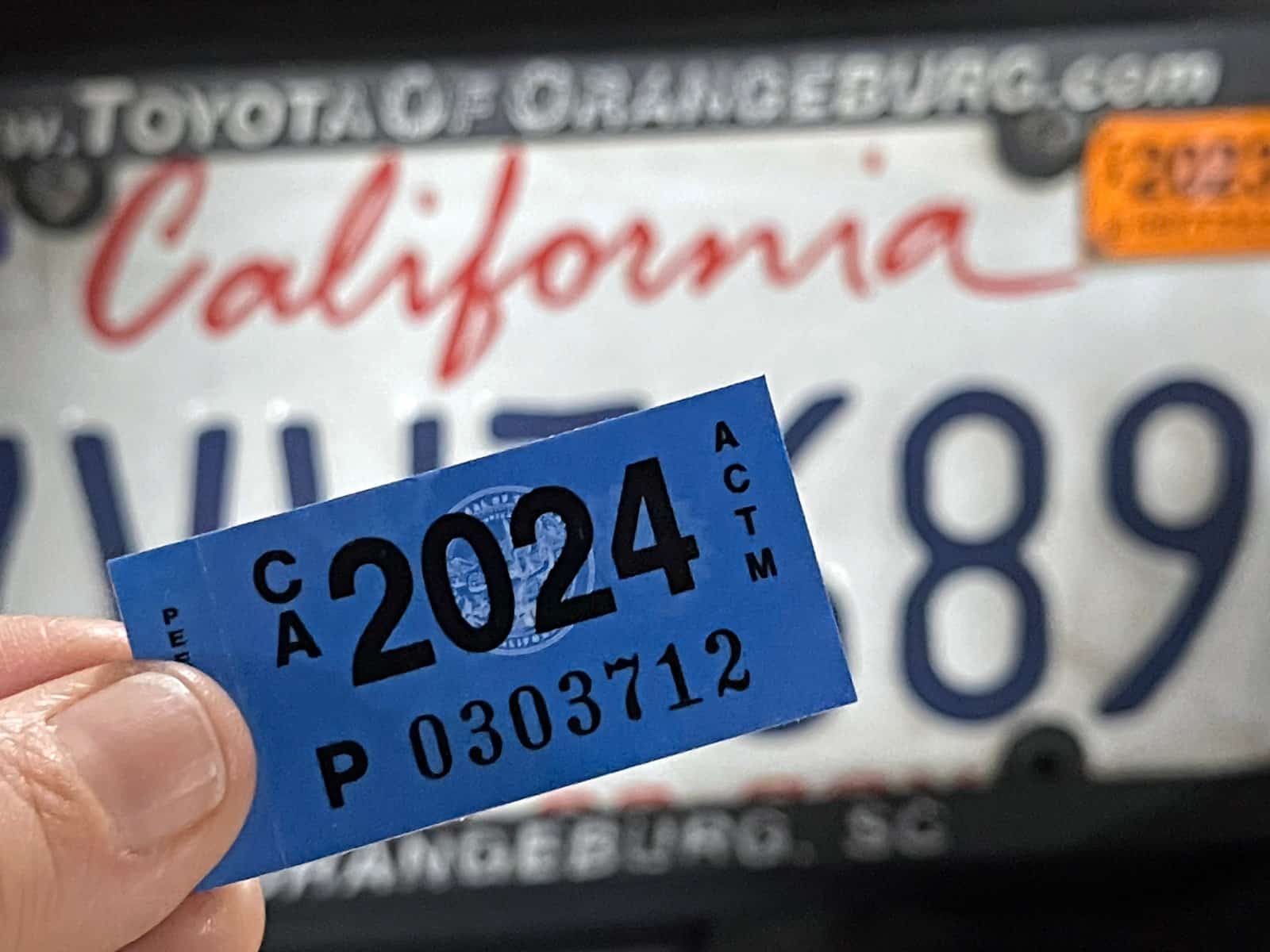A new report has claimed that there could be something fishy going on with a certain benefit payment that millions of people across the country receive.
Budget Bungles

A recent study from the Economic Policy Innovation Center has alleged that $34 million of taxpayer money is wasted daily due to errors and inconsistencies in food stamp payments.
SNAP Snafu

According to the study, Alaska is one of the worst states for mistakes in the Supplemental Nutrition Assistance Program (SNAP). Allegedly 57% of food stamp payments in Alaska are marked by “inconsistencies” - aka unnecessary overpayments.
High Error Rates Across the Nation

But Alaska isn’t alone in this trend - Delaware, Hawaii, Maryland, and Oregon also apparently show error rates exceeding 20%.
Understanding SNAP

SNAP is a federal program designed to provide food assistance to low-income households. It helps people afford healthy and nutritious food so that they stay healthy.
The SNAP Story

Currently, around 42 million Americans rely on it, and receive monthly benefits that average out at a cost of around $212 per person, or $400 per household.
Overpayments Unveiled

Matthew Dickerson, the study’s author and a former adviser to the House Budget Committee, claims to have shed light on a significant number of over-payments and incorrect payments within SNAP.
Delving into SNAP’s Payment Problems

“The reported improper payment rates for the food stamp program vary alarmingly across states, indicating stark disparities in program administration,” Dickerson stated.
Proper Payment Predicament

While fraud and abuse can contribute to these mistaken payouts, the report clarifies that these improper payment rates don’t necessarily indicate illegal activity.
Responding to Report

In response to the findings, Stacy Dean, a top-ranking nutrition official at the Department of Agriculture, pledged that the agency would up efforts to reduce these payment errors.
SNAP’s Growing Pains

With SNAP enrollment skyrocketing from 17.3 million people in 2001 to 42.1 million last year, the report argues there’s never been a more pressing need to address these issues.
From Budget to Billions

The cost of SNAP to taxpayers has surged from $31 billion (in inflation-adjusted terms) to a huge $135 billion between 2001 and 2023. The report claims that this increase is partly due to President Biden’s unilateral 21% hike in benefit calculations.
Dependency Dilemma

It also states that the duration of dependency has increased, with 48% of recipients remaining on the benefit for 20 months or longer, compared to less than 20% after welfare reforms in 1996. According to the report, “few of the millions of work-capable adults on the food stamp rolls work at all.”
Work Requirements and Welfare

In an interview, Dickerson stated “The Biden administration is allowing states to waive the work requirements and even ignore the basic eligibility requirements. Enrollment has surged and taxpayer spending has skyrocketed.”
Republicans Call for SNAP Funding Cuts

This report comes as Republicans are pushing for a $27 billion reduction in funding for nutrition programs over the next decade.
Political Pushback

They’ve proposed limiting the USDA’s power to adjust the cost of a standard grocery budget used to calculate benefits. This would save money but still let benefits go up as prices rise.
Cost Controversy

The bill’s overall cost is projected to be $1.5 trillion over ten years, which has caused a good deal of outcry from anti-hunger groups.
Balancing Cost and Compassion

Republican Representative Mark Alford has voiced concerns that SNAP has become a “lifestyle” for recipients rather than a “life vest.” He claims that these overpayments are in excess of $13.15 billion per year.
Administering Assistance

SNAP is the largest non-healthcare welfare program by total spending and exceeds the combined budgets of several major federal departments. While the cost is high, advocates point to the millions of hungry families with young children that have been helped by the program as proof of its necessity.
State Successes

The study does look at states with “better” SNAP administration figures, such as South Dakota, Wyoming, and Wisconsin. Despite these positive examples, it alleges that millions of dollars in errors still go unrecorded - as the USDA does not track improper payouts below $48.
Calls for SNAP Program Overhaul

Dickerson’s report calls for a complete change in how SNAP is administered. “Instead of trapping people into dependency, we should be promoting opportunity and human flourishing,” he argues.
23 Steep Taxes Adding to California Residents’ Burden

California: a place of sunshine, innovation, and, unfortunately, some of the nation’s highest taxes. From LA’s beaches to Silicon Valley’s tech hubs, residents grapple with a maze of state taxes. Here’s a glance at 23 taxes that might surprise both Californians and outsiders. 23 Steep Taxes Adding to California Residents’ Burden
Cash in on Nostalgia: 21 Toys Now Worth a Fortune

Time to dust off the boxes and find that once-cherished toy from your childhood. For collectors and enthusiasts, these items have become valued objects, and they can be worth big bucks – are there any of these in your attic? Cash in on Nostalgia: 21 Toys Now Worth a Fortune
Millennials Don’t Buy These 19 Products Anymore

Millennials are changing consumer habits, quietly replacing once-staple products and traditions. Often criticized for their disruptive preferences, this generation is reshaping the marketplace with digital expertise, ethical buying, and a taste for the unconventional. Millennials Don’t Buy These 19 Products Anymore
Featured Image Credit: Shutterstock / Jonathan Weiss.
The content of this article is for informational purposes only and does not constitute or replace professional financial advice.
